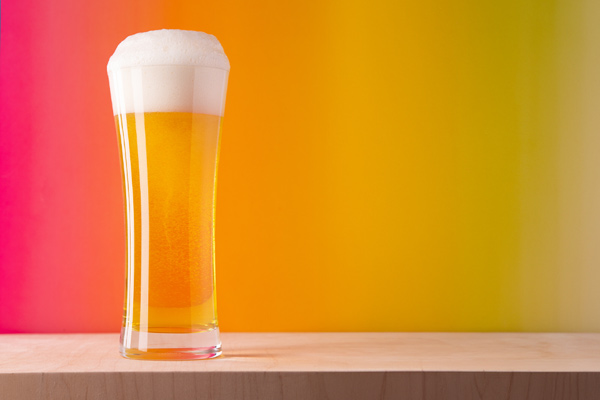
The Future of Lager Brewing
In this excerpt from Modern Lager Beer, a new release from Brewers Publications, the authors discuss coming trends, ingredients, and processes in the world of lager brewing.
You are using an outdated browser not supported by The Brewers Association.
Please consider upgrading!
Brewing beer is a combination of both art and science, but there are many best practices to help keep your brewery running smoothly, make better quality beer, and maintain a healthy business. Learn best practices for brewing and serving different beer styles, building and maintaining a brewery that is safe and efficient, and keeping records that will protect your brewery and help you grow your business.

In this excerpt from Modern Lager Beer, a new release from Brewers Publications, the authors discuss coming trends, ingredients, and processes in the world of lager brewing.

Traditional Piwo Grodziskie is a highly carbonated, light-bodied, oak-smoked session wheat ale, which in its homeland is considered “the pride of Polish brewing.”
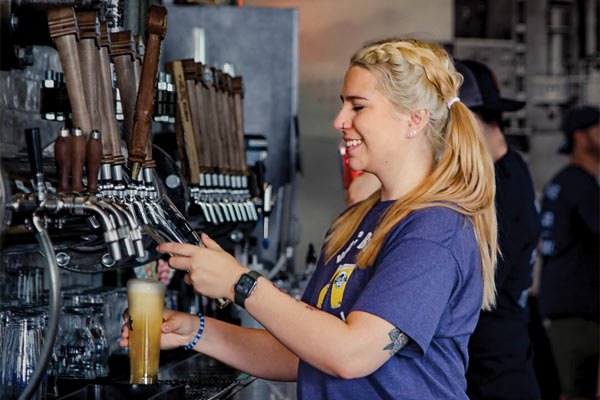
Craft brewers are treading on turf that used to belong to the big national brewers. It's not unusual to step into a taproom today and see several lighter lager styles on the menu.

Pastry stouts, if unbalanced, can be cloyingly sweet; yet, if they are done with finesse and creativity, they can be sublimely delicious.
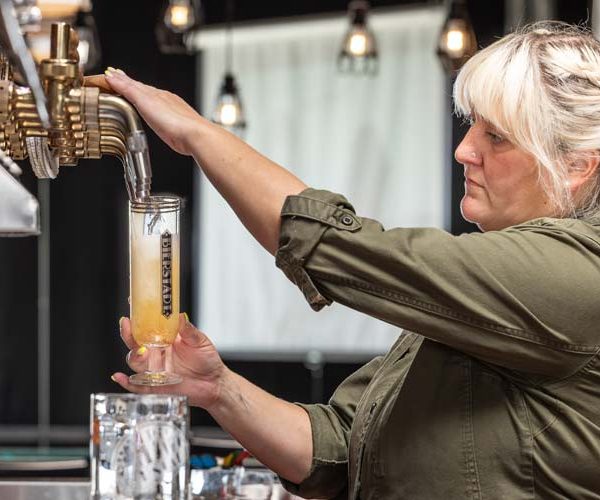
The trick to making lager is that there are no tricks. There are only techniques rooted in tradition and history, record keeping, and attempts at repeatability.

It"s rare that one can trace a beer style to a single place and time, much less to a single person. In the case of Cold IPA, however, we can do just that.
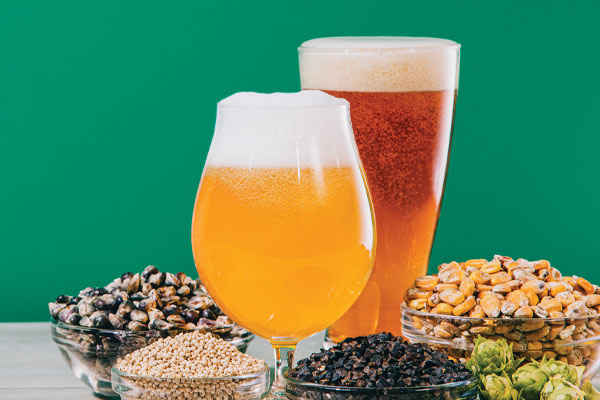
A look at available substitutes for barley malt, as detailed in this excerpt from Gluten-Free Brewing: Techniques, Processes, and Ingredients for Crafting Flavorful Beer.
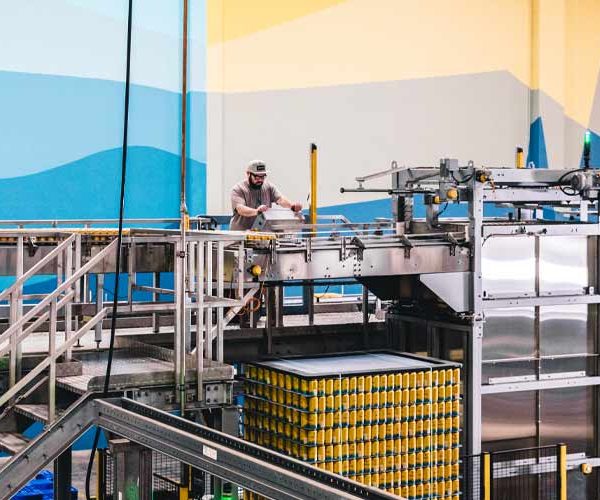
Craft non-alcohol beer was scarcely a category five years ago. Now it's a hot commodity, propelling the once-moribund NA beer segment to grow 31.7%.
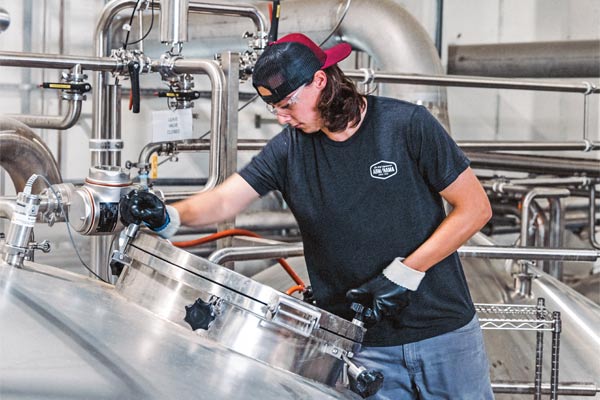
Brewing non-alcohol beer is fundamentally different from producing traditional beers that typically contain inherent barriers to ensure consumer safety and shelf stability.
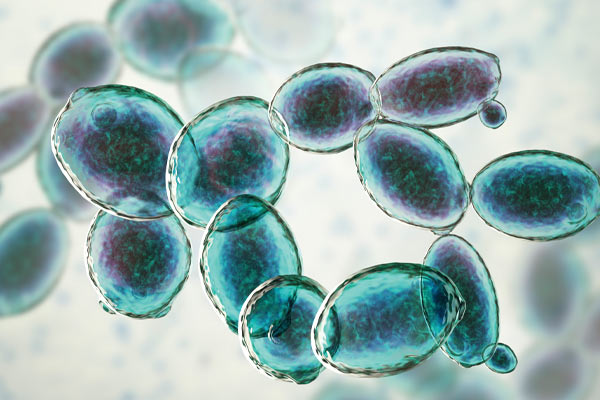
Yeast suppliers have started to provide a microbial avenue for creating non-alcoholic beer by offering nonstandard yeasts that have limited ability to digest crucial malt sugars.